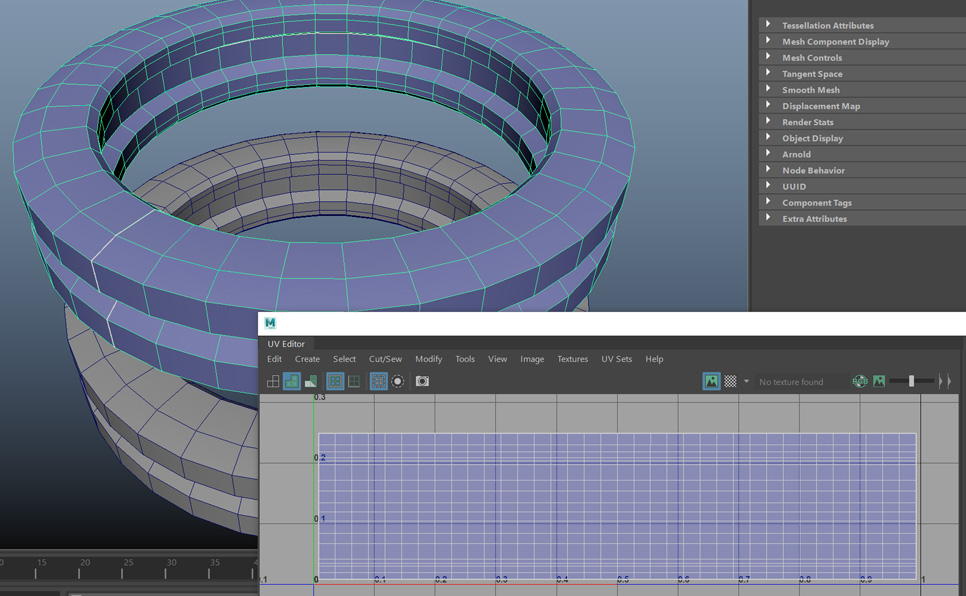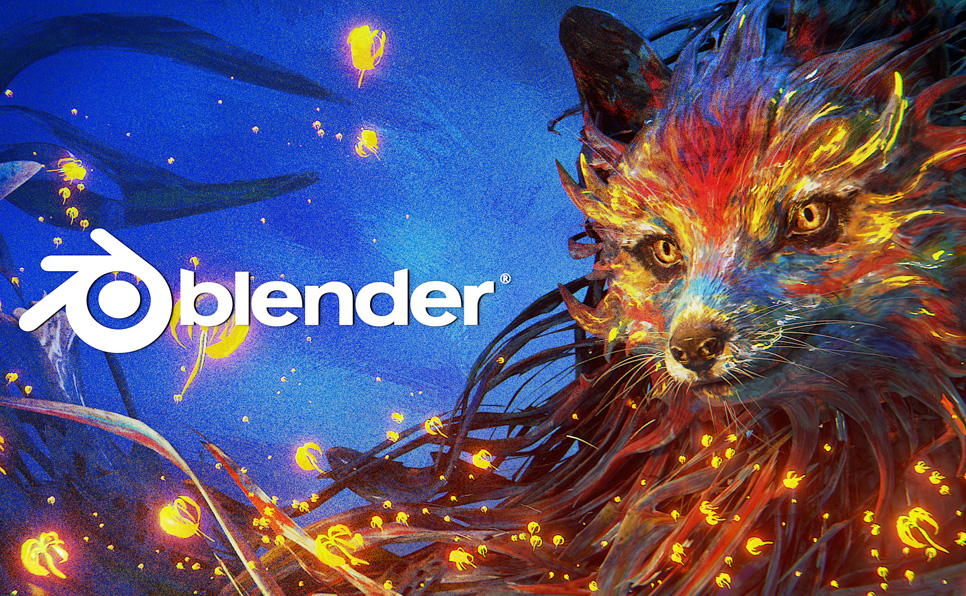As artists, it’s natural to feel uneasy about the rise of AI technology. However, let’s not rush to discard or demonize it. Remember, incredible technological achievements have fueled the artistic advancements of the last century.
Our role as artists in the entertainment industry is to “Art Direct Technology.” Change is inevitable, but we should adapt and embrace new technologies as we have been doing for years. Let’s continue to innovate and grow with the tools at our disposal.
The Intersection of Art and Technology
A Historical Perspective
Art and technology have always been intertwined. From the invention of the photographic camera in 1816 to the constant development of DCC tools, artists have continuously leveraged new technologies to expand their creative possibilities and create astounding imagery.
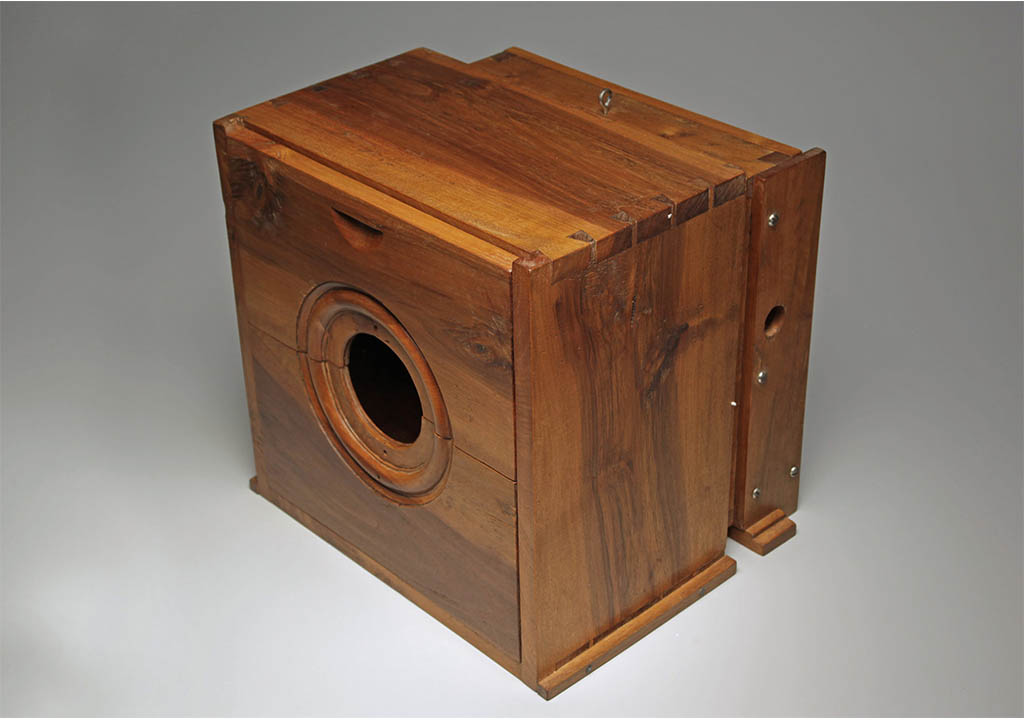
The emergence of photography in the 19th century signaled a major shift, gradually replacing painting as the dominant method for capturing realistic images. Similarly, in the film industry, the advent of computer-generated imagery (CGI) overshadowed the traditional craftsmanship of practical modelers who once built detailed sets and miniatures for movies.
The introduction of AI is just the latest in a long line of technological advancements. Like its predecessors, it has the potential to revolutionize the way we create and experience art. However, as with any new technology, it also brings challenges and uncertainties.
The Role of Artists
As artists, our role has evolved alongside these technological changes. We are not just creators but also directors of the tools and technologies at our disposal. This means we must understand and adapt to these new technologies, incorporating them into our workflows.
The term “Art-Direct Technology” perfectly encapsulates this idea.
It implies that we are not merely passive technology users but actively guide and shape its application in our work. This mindset allows us to harness the full potential of new technologies, turning them into powerful tools for creative expression.
Let’s think about a 17th-century painter rendering a beautiful chiaroscuro using oil paint on canvas and contrast this with a lighting artist in 2022 working on a scene in Unreal Engine 5. We can see the differences that technology has brought to the artistic world.
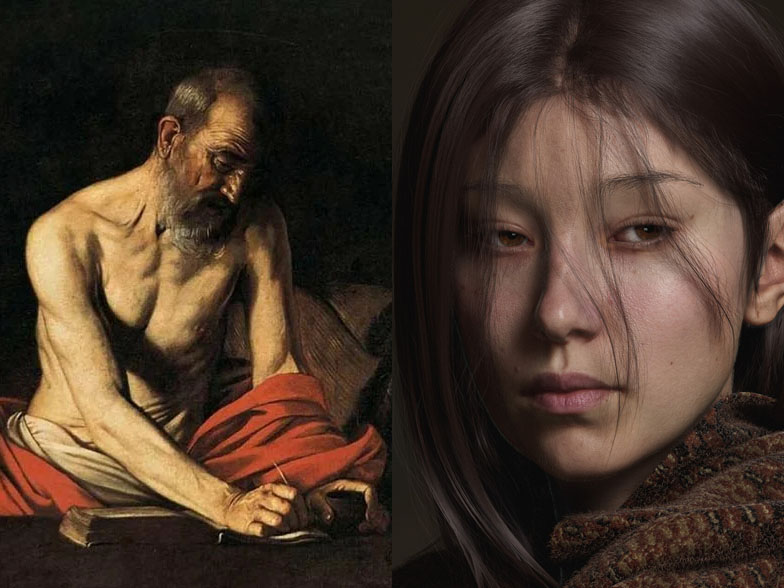
Many aspects have evolved, including the tools we use, the time required to complete projects, and the ease with which we can correct mistakes.
However, the most important elements remain unchanged: the observation of the real world, the understanding of how light behaves, and the artist’s intention as reflected in the final image.
These are the main roles of an artist.
Addressing the Unease
Understanding AI Technology
The unease many artists feel about AI technology is understandable. Seeing a machine produce works resembling human-created art can be daunting. However, it’s important to remember that AI is a tool, not a replacement for human creativity.
It’s easy to demonize and completely reject AI if we only focus on Stable Diffusion, Midjourney, or unethically created training models.
But AI technology goes far beyond creating infinite images based on a prompt using a questionable model from Civitai. AI technology is used in many other ways that may positively affect our current workflows.
While the goal is to make our work easier and more automatable, we must shift our focus to other tasks and adapt our skills to stay current with advancing technology.
AI technology can analyze vast amounts of data and identify patterns that might not be immediately apparent. This can lead to new insights and ideas, sparking creativity and innovation.
By understanding how AI works and what it can do, we can learn to use it to our advantage rather than fearing it.
The Value of Human Creativity
AI can mimic certain aspects of human creativity but cannot replicate the depth and complexity of human experience and emotion. Our creativity is shaped by our unique perspectives, emotions, and experiences, which AI cannot fully understand or reproduce.
Although artistic projects are deeply intertwined with business and financial considerations—ranging from individual artists investing in independent works to large corporations funding multimillion-dollar movies and video games—all artists across industries are tasked with bringing the final project to fruition, irrespective of the tools or techniques employed.
Incorporating AI into our work doesn’t diminish the value of our creativity; it enhances it. By using AI to handle repetitive tasks or generate initial ideas, we can free up more time and energy to focus on the aspects of our work that require human intuition and creativity.
The Benefits of Embracing AI
Expanding Creative Possibilities
One of the most exciting aspects of AI technology is its potential to expand our creative possibilities. AI can generate new ideas, provide different perspectives, and help us explore creative avenues we might not have considered otherwise.
For example, AI can analyze existing works of art and suggest new ways to combine or reinterpret them. It can also generate entirely new works based on our defined parameters. This can lead to discovering new styles, techniques, and concepts that we might not have arrived at independently.
Enhancing Efficiency
Artificial Intelligence can also enhance our efficiency by automating repetitive tasks. This can be particularly useful in the entertainment industry, where creating high-quality content often involves time-consuming work.
By automating tasks such as image processing, animation, or data analysis, AI allows us to focus more on the creative aspects of our work. This increases our productivity and enables us to produce higher-quality work.
Adapting to Change
Art Jobs Will Disappear
With each technological advancement, traditional jobs have inevitably shifted or disappeared while new opportunities have emerged. The key to navigating this dynamic landscape is embracing change and evolving alongside technology.
Rather than resisting or trying to halt its progress, individuals can capitalize on these shifts by adapting their skills and embracing new emerging roles.
Consider painters shifting to photography, sculptors transitioning to 3D modeling, and film cinematographers adapting to digital filmmaking. Jobs change, disappear, and emerge anew. It’s crucial to remain open to learning and prepared for evolving roles in our fields.
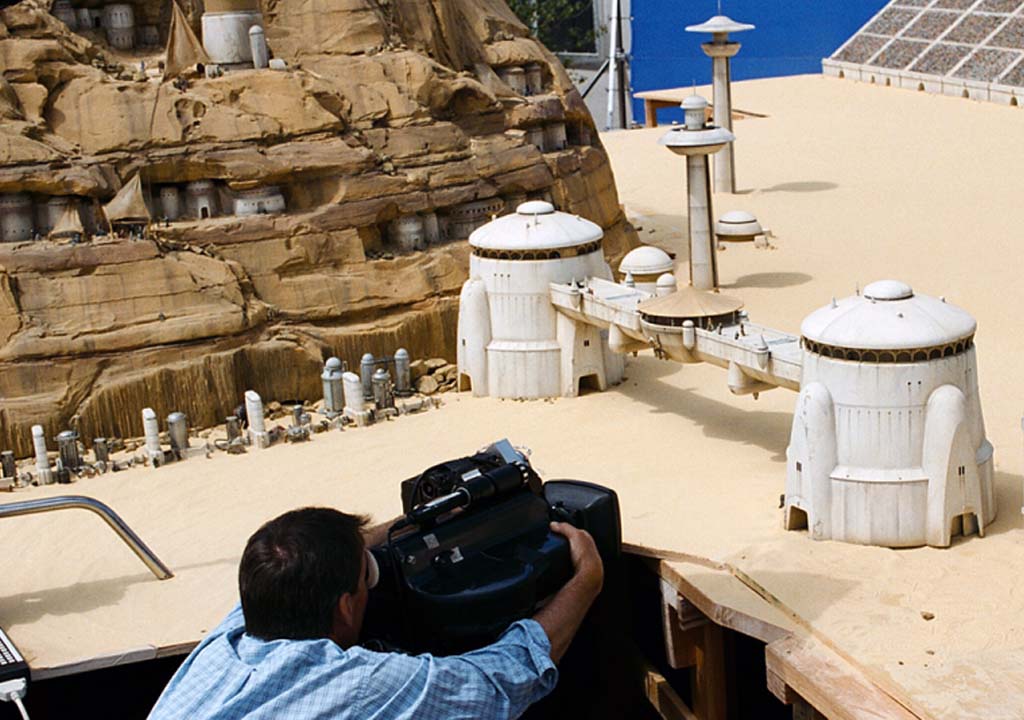
Embracing this mindset fosters resilience and growth in an increasingly digital world, where adaptation and openness to change are essential for personal and professional success.
Real-Life Uses of AI
AI is increasingly integrated into everyday life, revolutionizing industries through advanced data analysis and intuitive tools.
In online fashion retail, AI algorithms analyze vast datasets of human measurements and preferences to accurately estimate sizes, enhancing the shopping experience with personalized recommendations. Uniqlo is a good example of this.
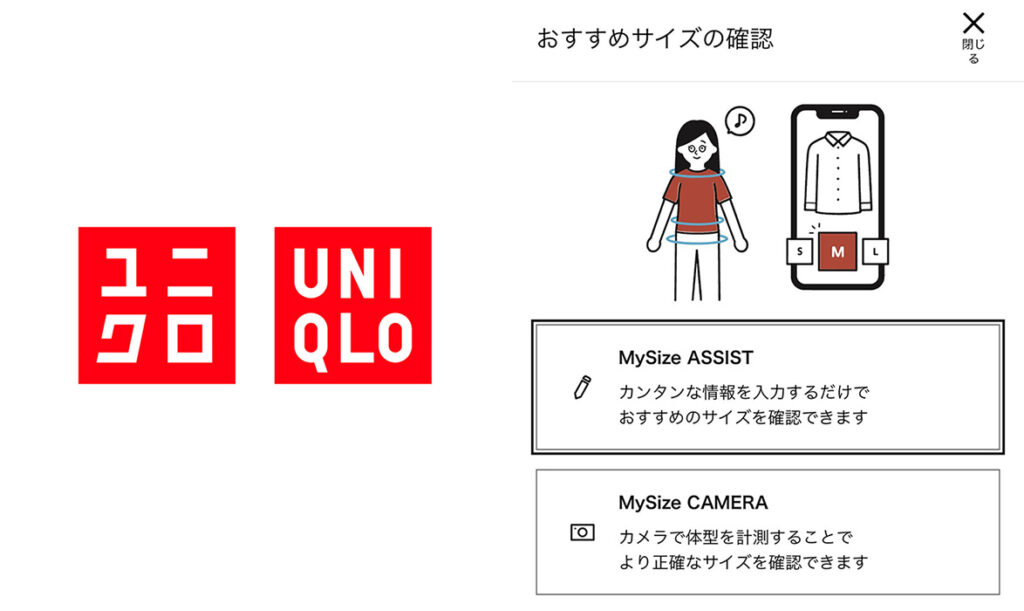
In software like Adobe Photoshop, AI tools are transforming creative processes by automating complex tasks such as seamlessly removing or replacing elements from images.
Another good example is the RotoBrush function in After Effects, which makes rotoscoping much easier. Next-Gen Roto Brush is the latest and improved version of the Roto Brush tool, powered by a brand-new AI model.
This integration streamlines workflow efficiency and empowers users with previously unimaginable powerful capabilities, marking a significant shift towards AI-enhanced tools in digital creativity and consumer experiences.
The Future of Art and AI
Embracing the Journey
As we navigate this new landscape, we must remain open-minded and adaptable. Embracing AI technology doesn’t mean abandoning traditional techniques or values; it means expanding our toolkit and finding new ways to express our creativity.
By viewing AI as a partner rather than a threat, we can harness its potential to enhance our work and push the boundaries of what is possible in art. This journey of exploration and innovation makes the intersection of art and technology so exciting.
Conclusion
While it’s true that AI is sometimes used unethically in art, we shouldn’t let this overshadow the potential benefits of AI technology.
Ethical and legitimate uses of AI are transforming industries like fashion and retail, and these advancements will inevitably extend to the entertainment industry. We digital artists should remain open and prepared to embrace these changes.
If AI proves to be a passing trend, continuing with our current methods is feasible. However, if AI revolutionizes our work, embracing change and adopting this new technology will greatly benefit both your artistic practice and professional career.
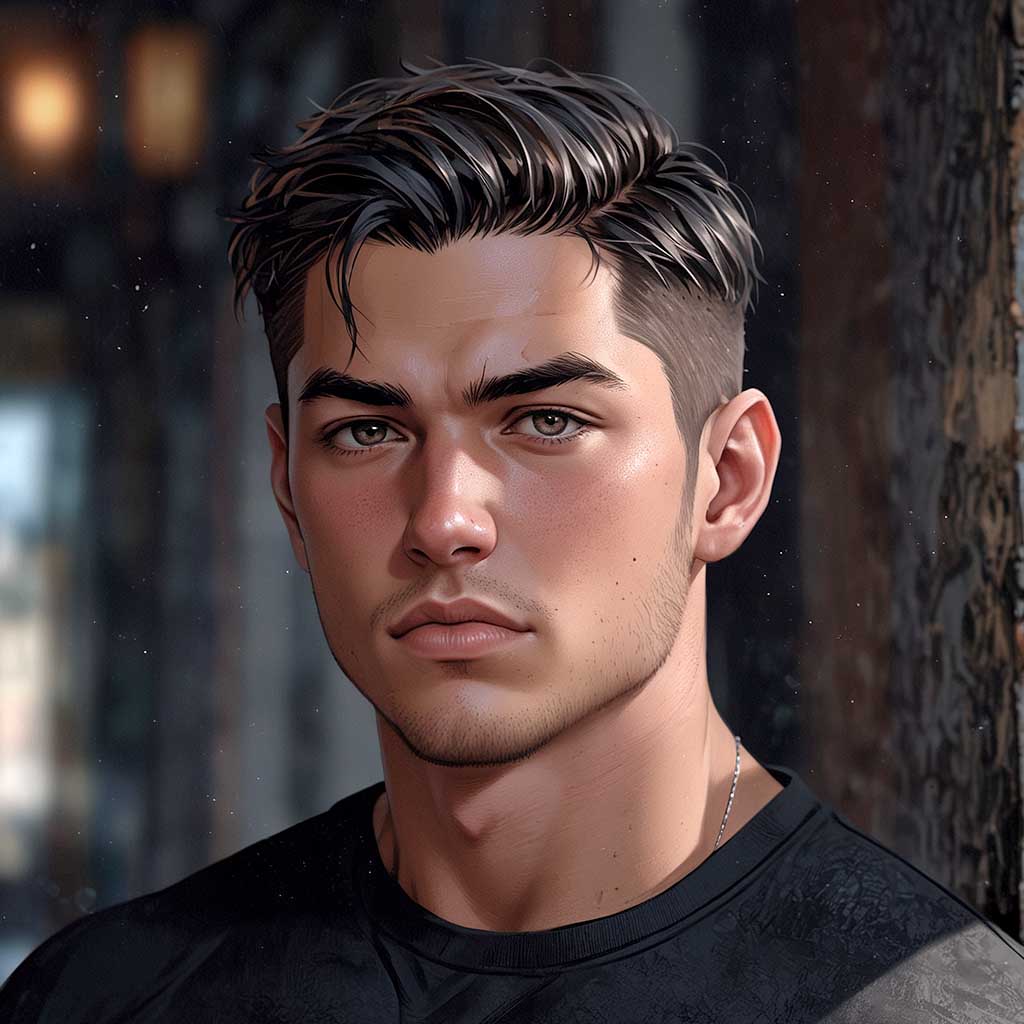
Nyx, Editor at Vertex Mode, is also an experienced 3D Artist in gaming and film, sharing insights on Digital Art and its creators.
